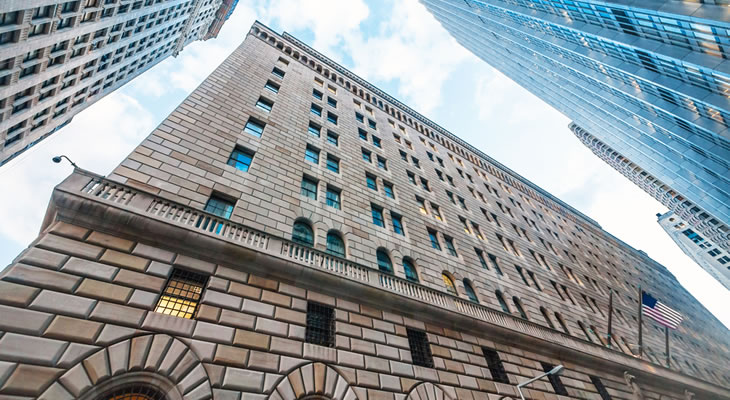Although the UK services PMI fell short of forecast in August this failed to keep the Pound on a bearish footing for long, even as Brexit-based uncertainty continues to hang over the domestic outlook.
While the index eased from 53.8 to 53.2 in August, pointing towards a fresh loss of momentum, the sector nevertheless remained in a solid state of expansion.
This helped to ease the initial disappointment of investors, even though hopes of a significant rebound in economic activity in the third quarter now looks less likely.
The Pound US Dollar exchange rate also benefitted from the latest dovish commentary from Federal Reserve policymaker Lael Brainard, who called for greater caution with regards to interest rates.
Even though Brainard is regarded to be one of the most dovish members of the Federal Open Market Committee (FOMC) this was still enough to dent the appeal of the US Dollar, diminishing hopes for a December rate hike.
With market jitters over the escalating geopolitical tensions surrounding North Korea easing somewhat on Tuesday this removed further support from the ‘Greenback’, helping the GBP USD exchange rate to extend its gains.
Bank of England Rate Hike Odds Likely to Remain Muted
Further volatility is likely for the Pound in the coming days with the release of the NIESR gross domestic product estimate for the three months to August.
Any indication that the UK economy is continuing to struggle under Brexit-based pressure is likely to dent the GBP USD exchange rate, particularly as any tangible progress towards an agreement between the UK and EU remains distinctly lacking.
Even if the estimate shows a modest rebound in growth this may not be enough to particularly improve the appeal of the Pound, though.
With the chances of any imminent policy action from the Bank of England (BoE) looking slim the upside potential of GBP exchange rates is likely to remain limited.
As analysts at ING noted:
‘With wage growth set to remain below inflation for much of the next 12 months, consumer spending is likely to remain sluggish. At the moment, there are few signs that other areas of the economy – investment or exports – will fully offset this loss of momentum.
‘So we still think a rate rise is unlikely to come before the second half of 2018 and more likely in 2019. But the Pound’s recent fall does mean that the Bank will stay relatively hawkish on 14 September as they try and keep two-way rate risks alive in markets.’
Unless policymakers do adopt a noticeably more hawkish tone at the September meeting the Pound may struggle to extend its gains against the US Dollar.
However, if Fed commentary continues to undermine the prospect of a third 2017 interest rate hike this may help to keep a floor under the GBP USD exchange rate for the time being.


Comments are closed.